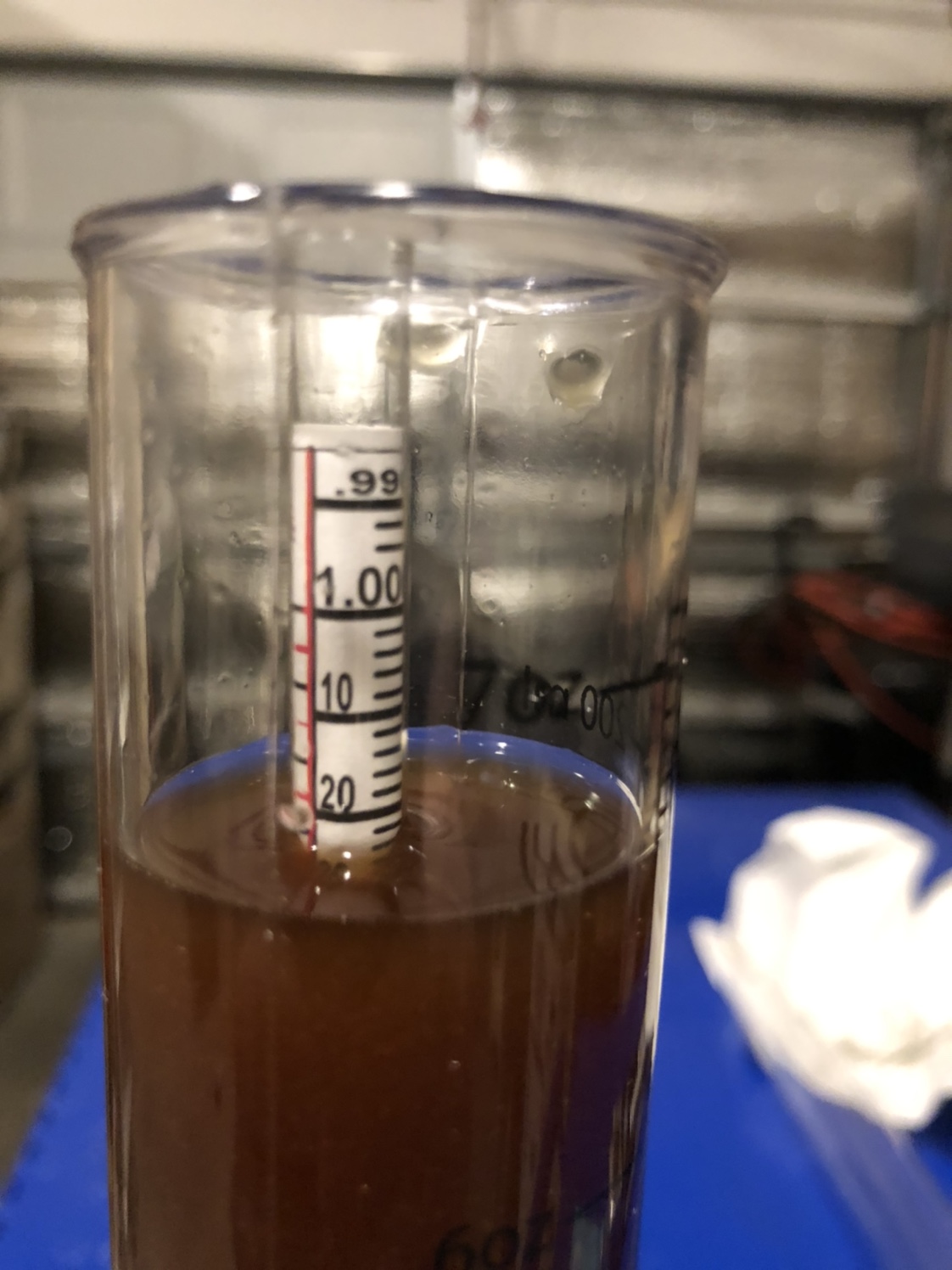Two weeks ago I brewed a bitter and used this yeast for the first time. Simple recipe, 10lb MO, .5lb carapils, .5lb Fawcett crystal 1. Warrior (bittering) and EKG hops. Somehow messed up measuring or calculations on the mash and ended up with a very high mash temp initially (around 163F) which i corrected. Ended up with an OG of 1.048.
Hydrated and pitched the yeast into oxygenated wort and put the the fermenter in my temp controlled chamber per my usual routine. Had obvious fermentation activity within a few hours, which is faster than I typically see. A day later it was clearly going well, and at 36 hours had seemingly already finished. I ramped temp up over a couple days, then took it out of the chamber and let it sit in the house (around 70F) aiming to give the yeast some warmth and time to finish up. Saw no activity.
About a week into fermentation (a week ago) i took a gravity sample and was sad to see it at 1.020. Recalling my high initial mash temp, I couldn't be entirely surprised though. Looking around, found this thread and saw lots of reports of low attenuation and figured that I may need to pitch some more yeast or brett to get close to target FG and not have a terribly sweet beer. As I don't rush my beers, I just let it sit and figured I'd at least take another gravity sample in a few days.
About a week later brings me to this morning. Take a glance at the fermenter and see airlock activity. That seems strange, there's been no big temperature changes in the room, so I take a closer look. There's a thin (but normal loooking) krausen on the beer and it seems to be actively fermenting again.
I'm going to let this sit for at least a couple more weeks at this point. Just thought I'd share this in case anyone else is seeing this odd dormant period with this yeast. I won't rule out some sort of infection (which would explain what I'm seeing) but it seems unlikely.






